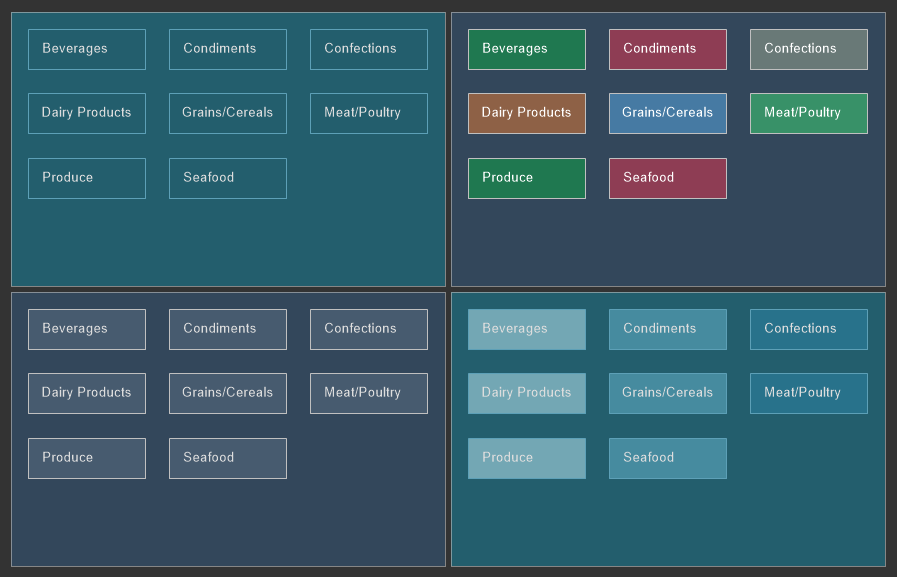If you use a value condition, you must set it using a special format that consists of three elements:
1. Data source column
A column of data sources from which the first value is retrieved for comparison with the second value of the condition.
2. Operator
The operator you choose allows the reporting tool to know how to process the first and second values and get the results. For example, the comparison operator tells the reporting tool to compare the first and second values to produce a result.
3. Value for calculating the condition
This is the second value used to calculate the condition (the first value is taken from the data source). The value is either a constant (for all types of data except expression types) or an expression (for expression types).
If the code describes the value condition, it looks like this:

Some types of operations use three values to calculate the condition. These are operations where the values are checked to determine if they are within the specified range defined by the two values. In addition to the elements described, the condition also includes the data type. The data type helps the reporting tool identify the type of second condition and automatically change the list of available types of conditional operators. The following figure shows the panel used to set the value conditions.

![]() field combo
field combo
This is used to select the type of condition.
![]() Data type combo
Data type combo
This field specifies the type of data for which the condition works. There are five types of data: strings, numbers, dates and times, Boolean expressions, and expressions. The data type affects how the reporting tool handles the condition. For example, if the data type is a string, the methods that process the string are used. In addition, the list of available operators changes automatically depending on the type of data. For example, the Contains operator can only be used with the String data type. The expression data type provides the ability to specify an expression instead of a second value. In this case, the reporting tool does not check the compatibility of the first and second values of the condition. Therefore, the user must ensure that the expression entered is valid to prevent run-time errors.
![]() Column combo
Column combo
This is used to specify a column in the data source. The column value is used as the first value in the condition.
![]() Operator combo
Operator combo
It is used to specify the type of operator used when calculating the value of the condition.
![]() Value box
Value box
It is used to specify the comparison value used when calculating the value of the condition. For some operations, you may need to specify three values.




